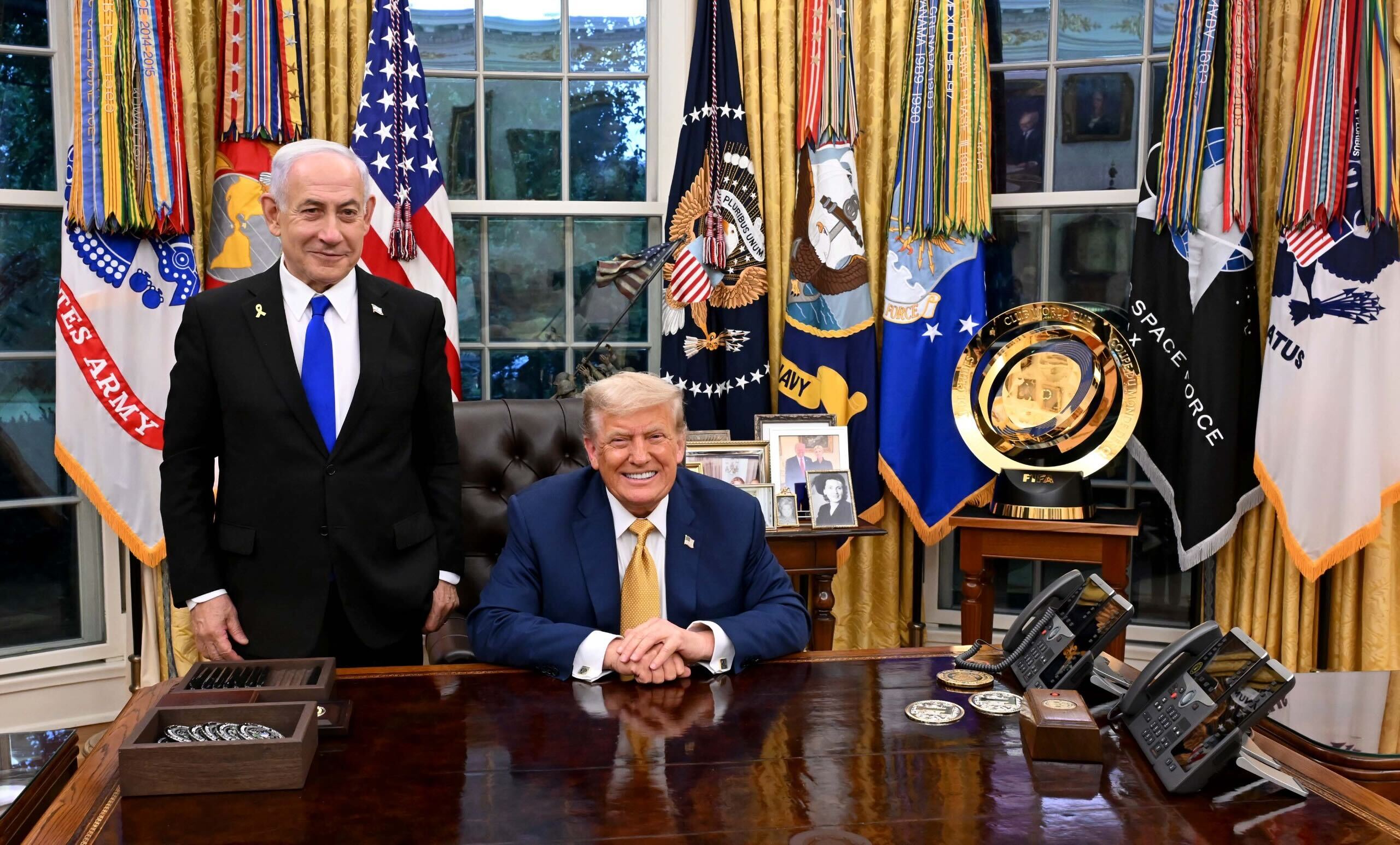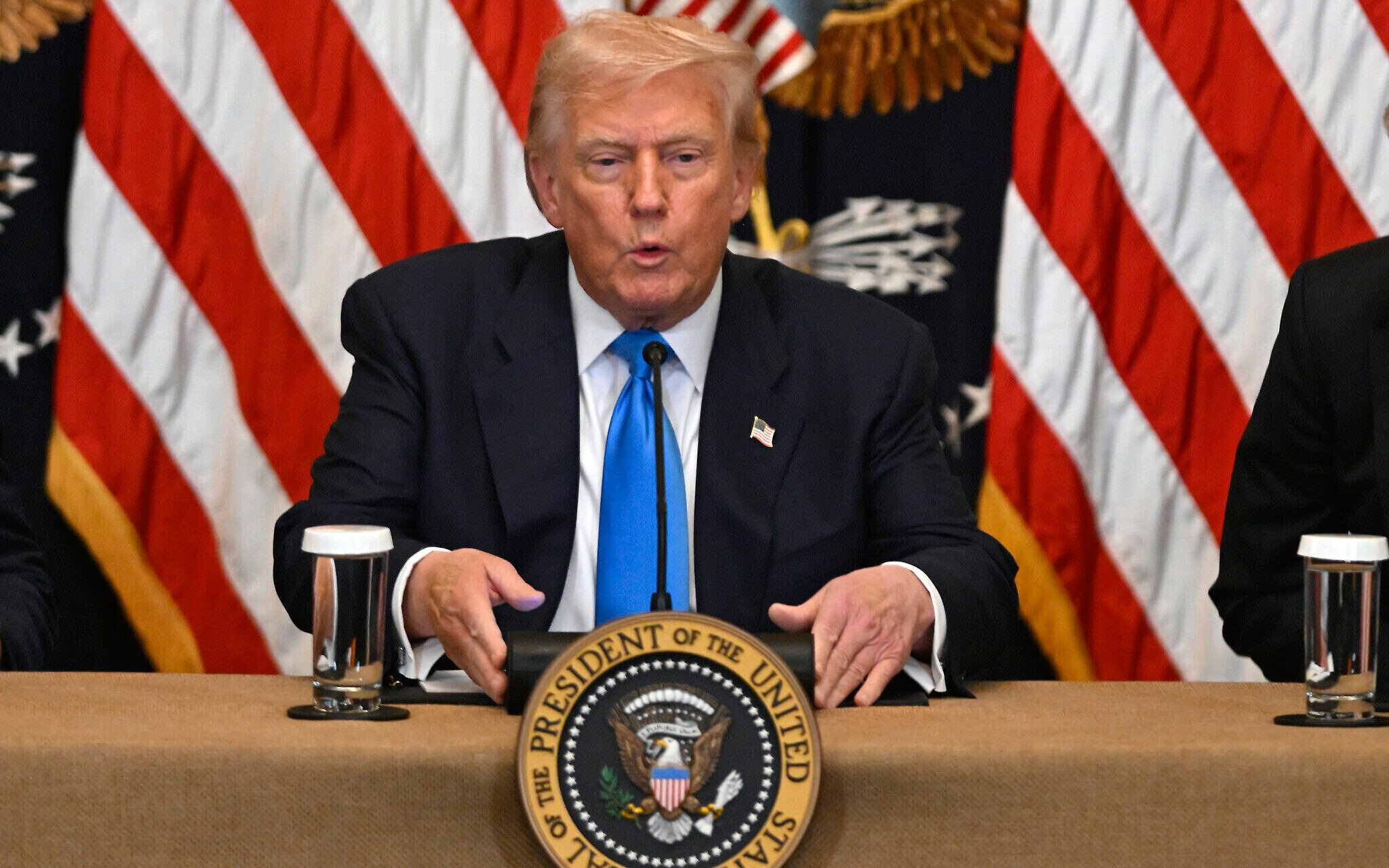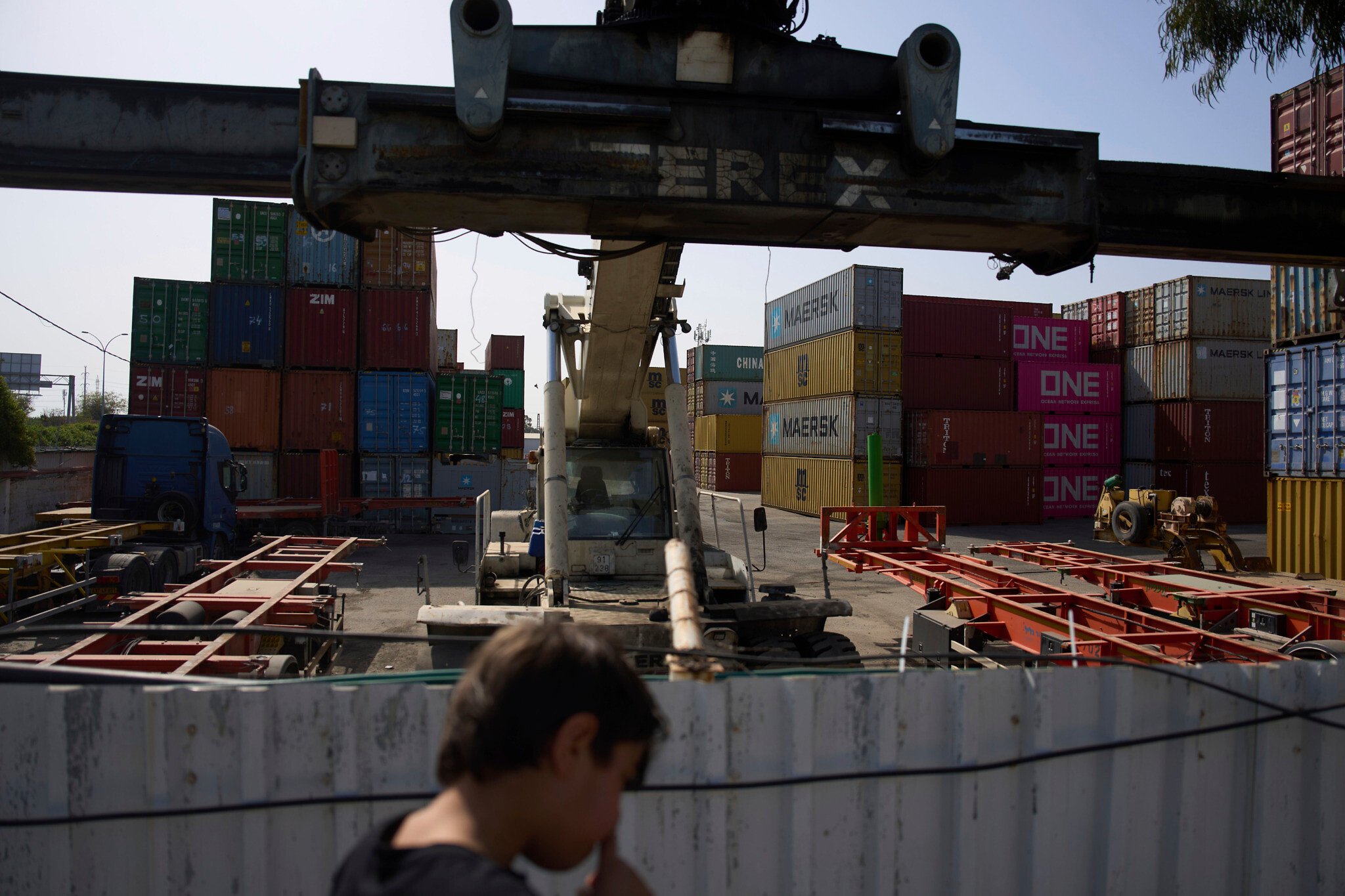



The White House announced on Thursday evening that a 15 percent tariff will be imposed on goods from Israel as part of the Trump administration’s new trade policy that has seen rates raised on countries across the globe.
The decision is part of an executive order signed by US President Donald Trump, imposing higher tariffs on dozens of countries in his latest bid to reshape global trade in favor of US businesses. The measure will go into effect on August 7.
In response, Israel’s Finance Ministry tried to downplay the move, noting that the 15% rate is “at the lowest level among countries that have a trade deficit with the US,” which it said “reflects the ongoing dialogue between Israel and the administration with the aim of reaching an improved agreement.”
Trump had announced in April a 17% tariff rate on Israel before freezing all tariff measures for 90 days to allow for negotiations. At the time, the Manufacturers Association of Israel warned that the 17% tariff rate could lead to a loss of jobs for as many as 26,000 Israelis.
Last year, Israeli exports to the US were worth NIS 52 billion ($14 billion), while imports amounted to NIS 32 billion ($8.6 billion), Kan reported.
Trump argues that the tariffs are needed to reclaim money and respect that other countries have taken from the United States. His critics, including most mainstream economists, say they will wreak havoc on the global economy and translate largely into higher prices for US consumers.
The new order sets out tariffs on imports that range from as high as 41% on Syria and also includes 30% on South Africa.
Separately, the White House increased tariffs on Canadian goods to 35% from 25% on all products not covered by the US-Mexico-Canada trade agreement.
The increase in the tariff rate on Canada follows Trump’s hinting on Thursday that Ottawa’s recent decision to recognize a Palestinian state could make trade talks with the US’s northern neighbor “very hard.”
But Washington also linked the move in part to what it said was Canada’s failure to stop fentanyl smuggling. The announcement blaming Canada’s “continued inaction and retaliation” comes after Trump said that Canadian Prime Minister Mark Carney reached out ahead of an August 1 tariff deadline, but no conversations between the two had taken place.
Trump said that Carney had called ahead of the tariffs being imposed on many of his nation’s goods, but “we haven’t spoken to Canada today.”
Trump’s order was issued shortly after 7 p.m. on Thursday. It came after a flurry of tariff-related activity in the last several days, as the White House announced agreements with various nations and blocs ahead of the president’s self-imposed Friday deadline. The tariffs are being implemented at a later date in order for the rates schedule to be harmonized, according to a senior administration official who spoke to reporters on condition of anonymity.
Alongside Israel, a 15% tariff was also imposed on Iceland, Norway, Fiji, Ghana, Guyana and Ecuador. Lesotho was initially threatened with a 50% tariff, but the African nation’s goods will now also be taxed at 15%.
Trump had announced a 50% tariff on goods from Brazil, but the order was only 10% as the other 40% were part of a separate measure approved by Trump on Wednesday.
The order capped off a hectic Thursday as nations sought to continue negotiating with Trump. It set the rates for 68 countries and the 27-member European Union, with a baseline 10% rate to be charged on countries not listed in the order. The senior administration official said the rates were based on trade imbalance with the US and regional economic profiles.
On Thursday morning, Trump engaged in a phone conversation with Mexican President Claudia Sheinbaum on trade. As a result of the conversation, the US president said he would enter into a 90-day negotiating period with Mexico, one of the nation’s largest trading partners. The current 25% tariff rates are staying in place, down from the 30% he had threatened earlier.
“We avoided the tariff increase announced for tomorrow, and we got 90 days to build a long-term agreement through dialogue,” Sheinbaum wrote on X after a call with Trump that he referred to as “very successful” in terms of the leaders getting to know each other better.
The unknown element has created a sense of drama that has defined Trump’s rollout of tariffs over several months. However, the one constant is his desire to levy the import taxes that most economists say will ultimately be borne to some degree by US consumers and businesses.
“We have made a few deals today that are excellent deals for the country,” Trump told reporters on Thursday afternoon, without detailing the terms of those agreements or the nations involved. The senior administration official declined to reveal the nations that have new deals during the call with reporters.
Trump imposed the Friday deadline after his previous “Liberation Day” tariffs in April resulted in a stock market panic. His unusually high tariff rates, unveiled in April, led to recession fears — prompting Trump to impose a 90-day negotiating period. When he was unable to create enough trade deals with other countries, he extended the timeline and sent out letters to world leaders that simply listed rates, prompting a slew of hasty deals.
Trump reached a deal with South Korea on Wednesday, and earlier with the European Union, Japan, Indonesia and the Philippines. His commerce secretary, Howard Lutnick, said on Fox News Channel’s “Hannity” that there were agreements with Cambodia and Thailand after they had agreed to a ceasefire to their border conflict.
Going into Thursday, wealthy Switzerland and Norway were still uncertain about their tariff rates. EU officials were waiting to complete a crucial document outlining how the framework for tax on imported autos and other goods from the 27-member state bloc would operate. Trump had announced a deal on Sunday while he was in Scotland.
Trump said as part of the agreement with Mexico that goods imported into the US would continue to face a 25% tariff that he has ostensibly linked to fentanyl trafficking. He said autos would face a 25% tariff, while copper, aluminum and steel would be taxed at 50% during the negotiating period.
He said Mexico would end its “Non-Tariff Trade Barriers,” but he did not provide specifics.
Some goods continue to be protected from the tariffs by the 2020 USMCA, which Trump negotiated during his first term.
But Trump appeared to have soured on that deal, which is up for renegotiation next year. One of his first significant moves as president was to impose tariffs on goods from both Mexico and Canada earlier this year.
US Census Bureau figures show that the US ran a $171.5 billion trade deficit with Mexico last year. That means the US bought more goods from Mexico than it sold to the country.
The imbalance with Mexico has grown in the aftermath of the USMCA, as it was only $63.3 billion in 2016, the year before Trump started his first term in office.


